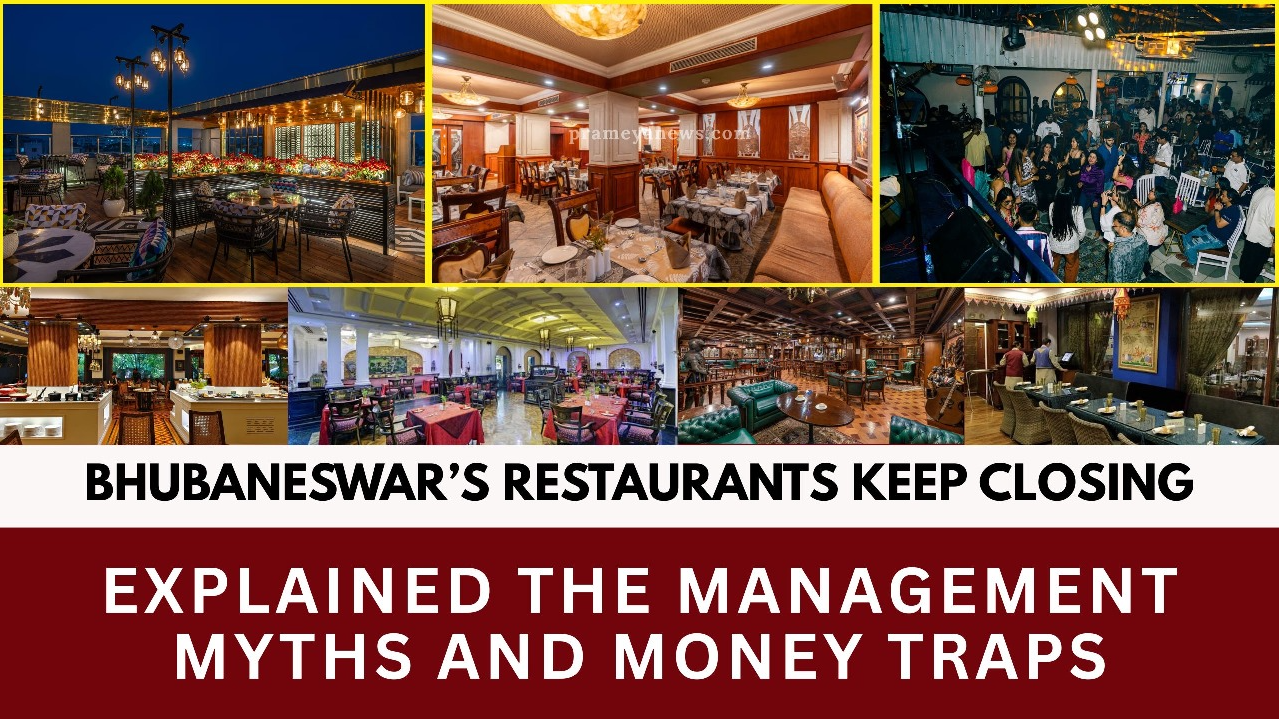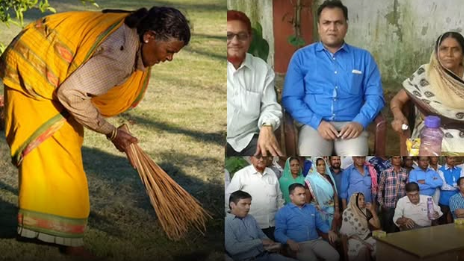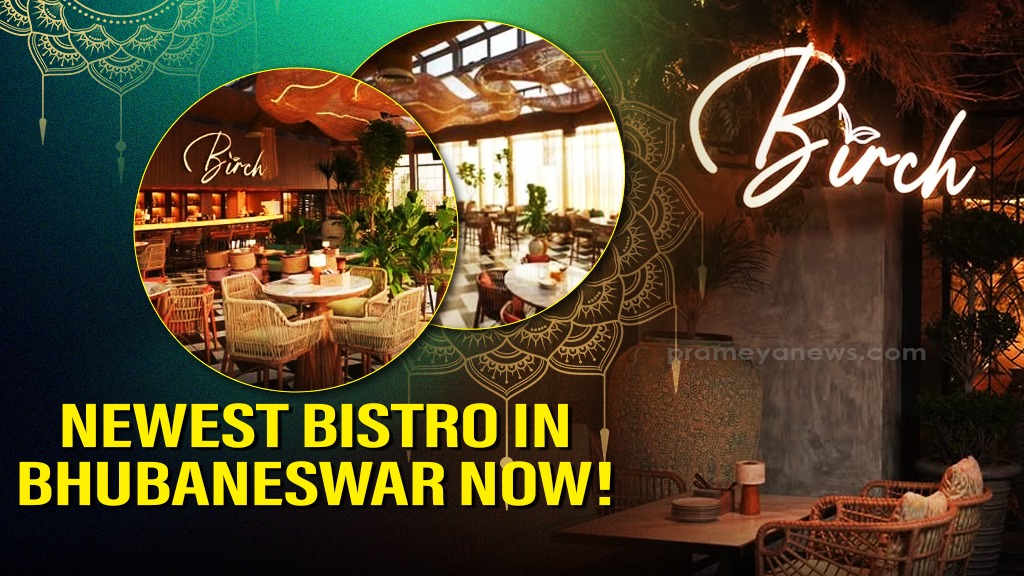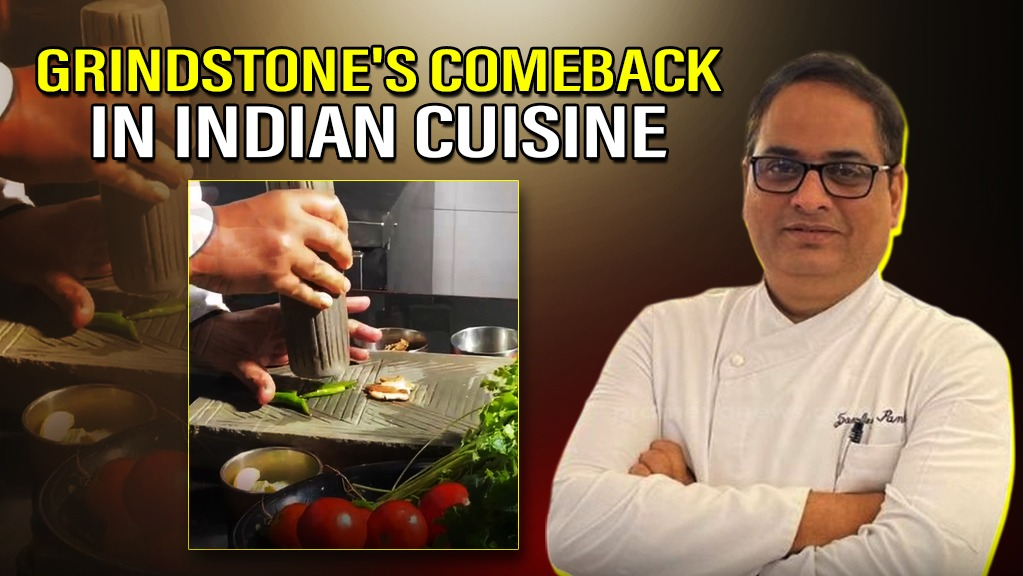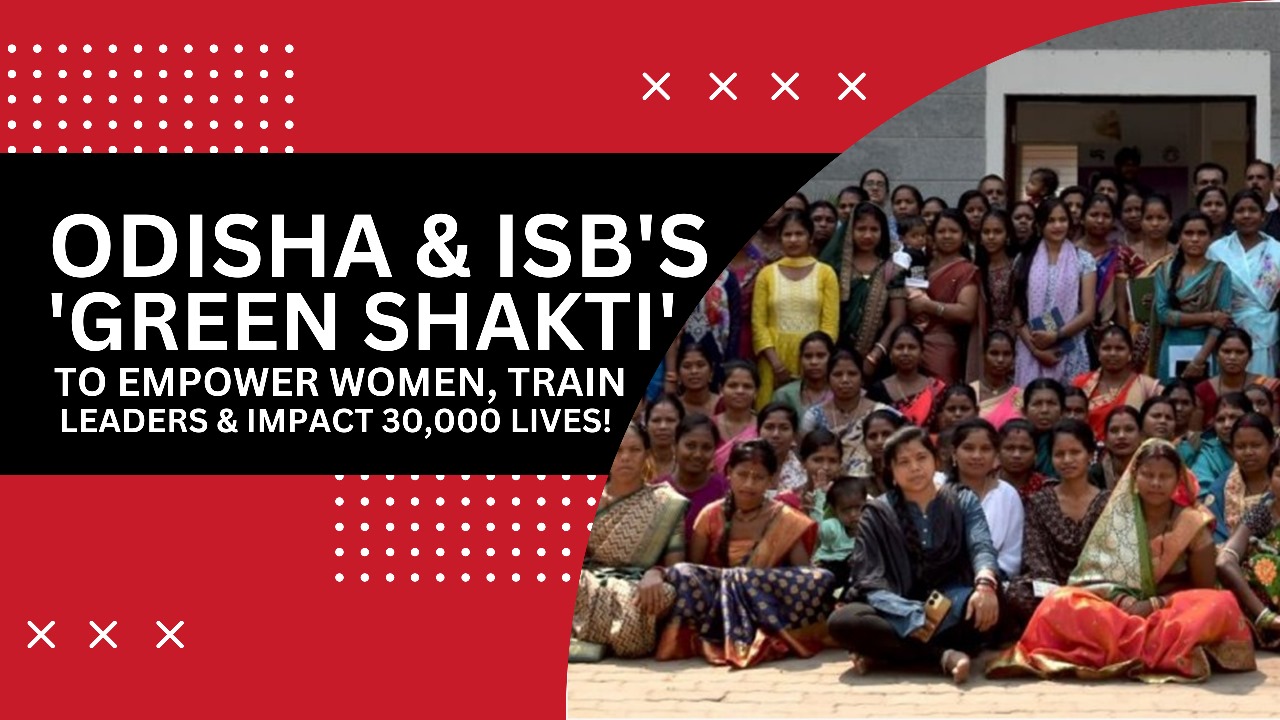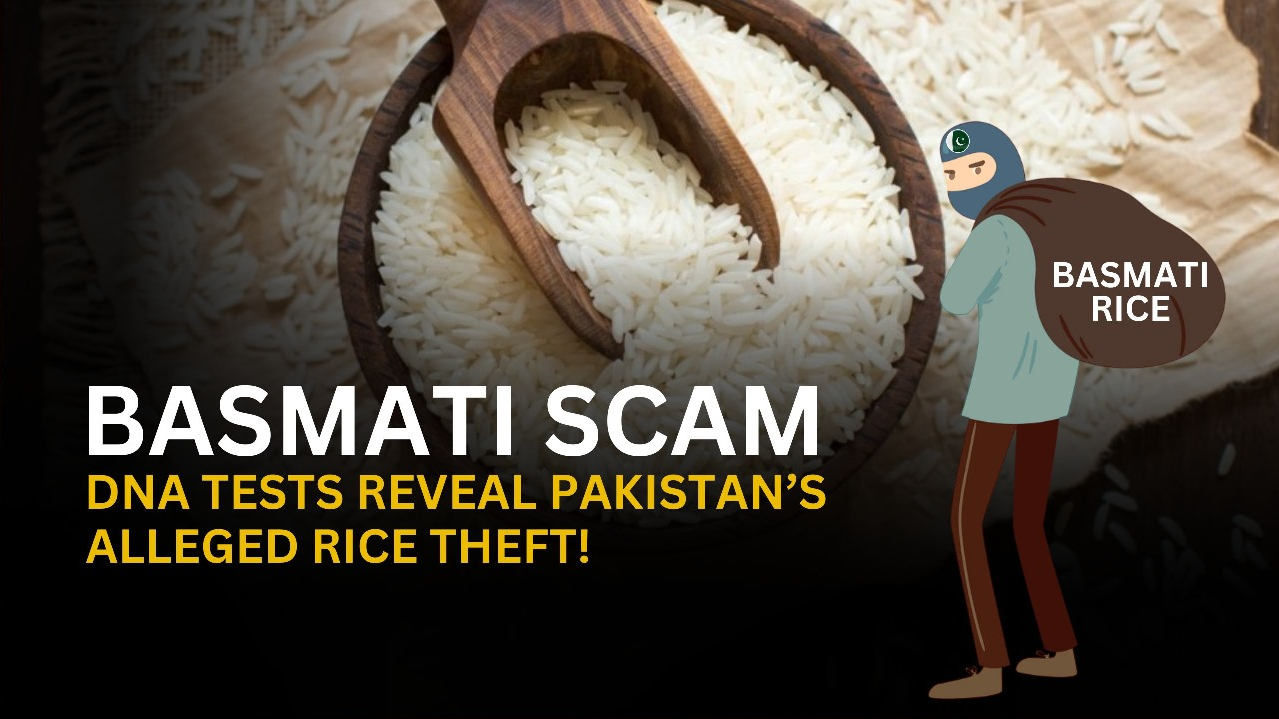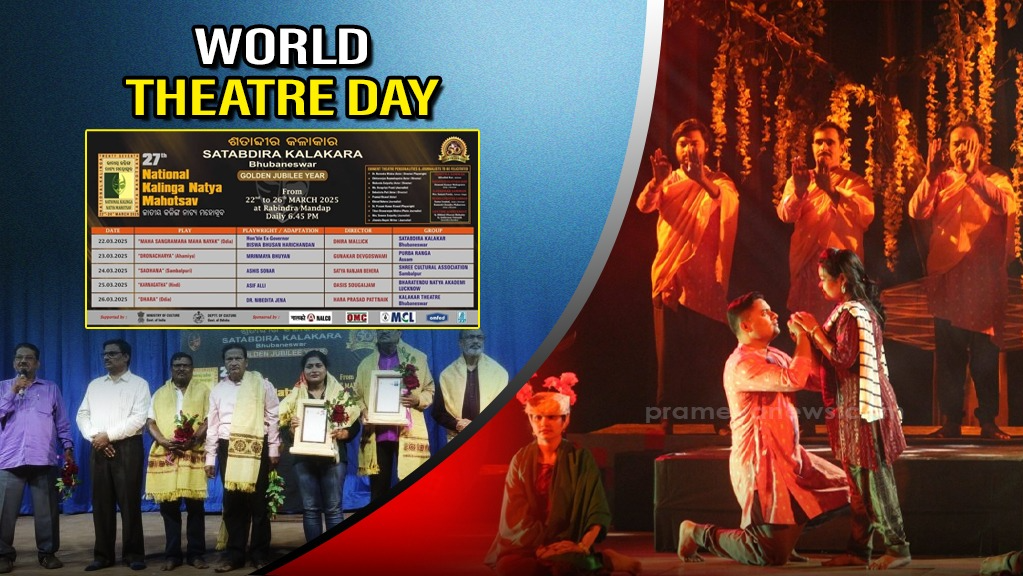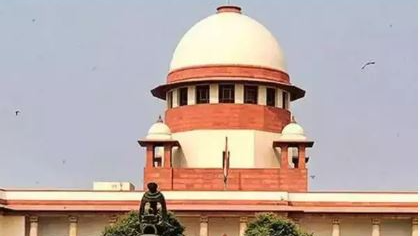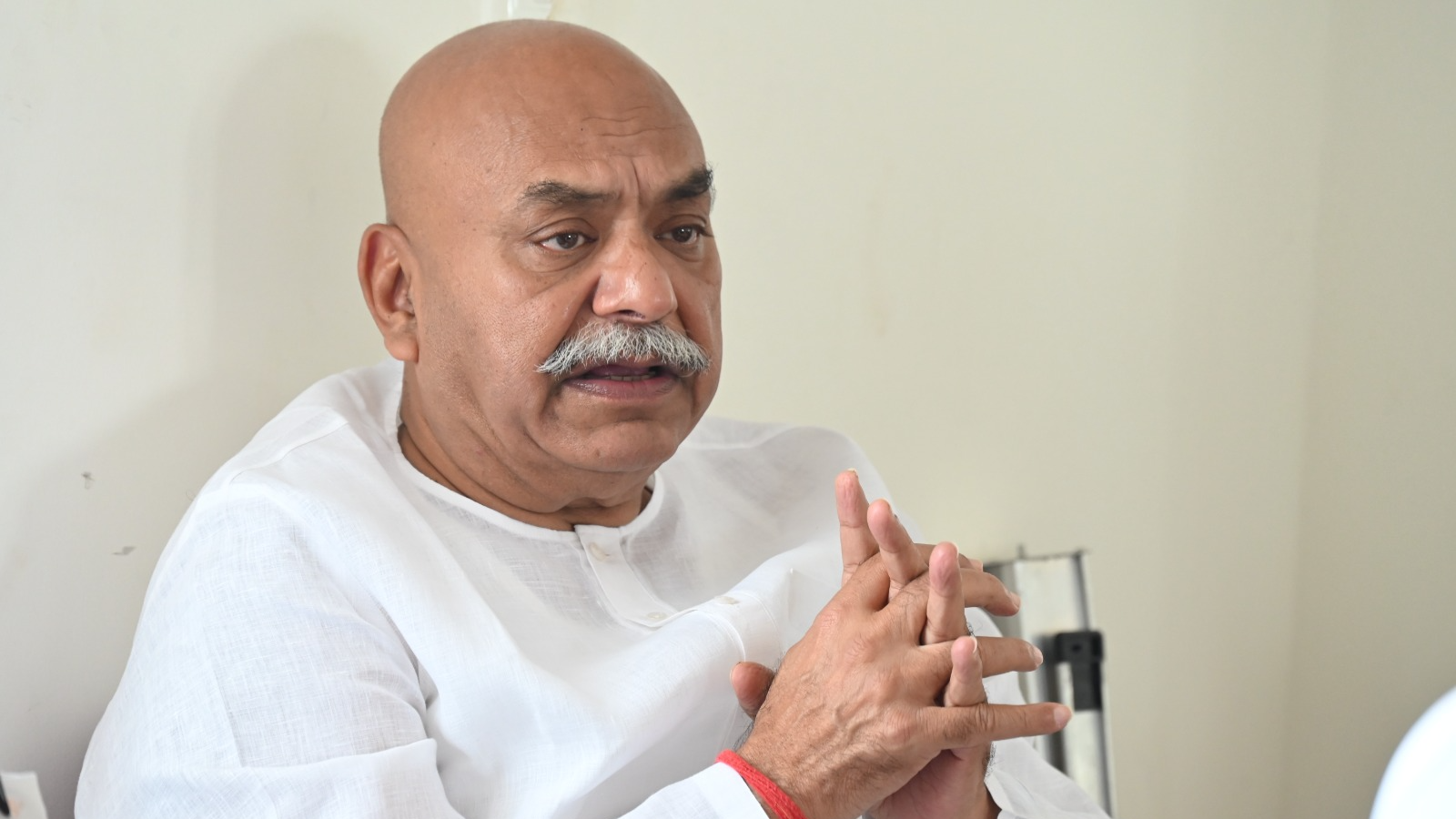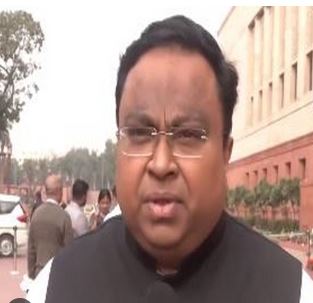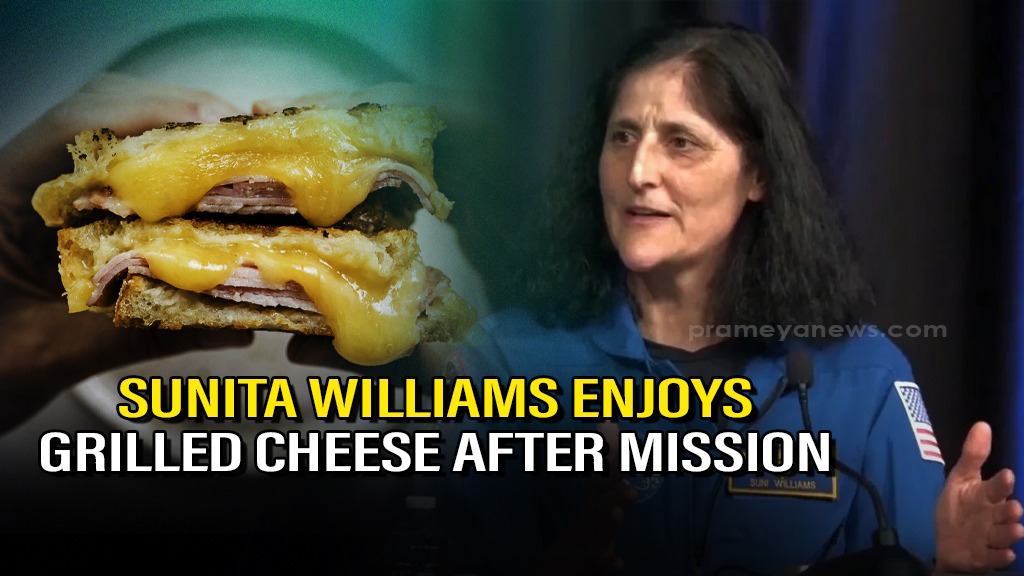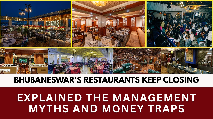Dream vs. Reality
Opening a restaurant is a romanticised venture—a blend of passion, culinary artistry, and community building. Yet, behind the Instagram-worthy dishes and bustling dining rooms lies a stark truth: the restaurant industry is a battlefield. With more than 60 percent of new restaurants shutters are down within their first year and more than 80 percent closing before their fifth anniversary, survival demands more than just great food. What separates the winners from the casualties?
Why Restaurants Fail: The Top Culprits
Location, Location, Location
A prime spot with high foot traffic might seem ideal, but sky-high rents can bleed budgets dry in areas like Saheed Nagar and Patia which cripples profitability. Worse, a poorly chosen location—whether invisible to passersby or mismatched with the target demographic—spells doom. In Bhubaneswar 55% of diners pick eateries based on convenience, making accessibility non-negotiable.
Financial Missteps
Many owners underestimate costs, from ingredient inflation to labor shortages. The average restaurant operates on a razor-thin 6.2% profit margin, leaving little room for error. Startups often collapse due to underfunding; with at least 6 months to one year of operating capital in the case of Fine Dining it may extend to 24 months to 36 months to withstand early turbulence. Neo-rich entrepreneurs often skip consultants and business plans.
Leadership Gaps
Passion for food doesn’t always translate to business acumen. Inexperienced owners may neglect staff training, inventory control, or customer service—key drivers of repeat business. Untrained teams harm reputations (e.g., Dalma case study). In Bhubaneswar 30 percent of the restaurant closure has been due to poor management of accounts as the near and dear ones (read relatives) are given to manage without prior exposure in food business.
The Tech Gap
In an era of QR codes and delivery apps, lagging behind on tech is lethal. It is been observed that less than 50 percent restaurants use digital menus, while many rely on online ordering platforms but still they have to calculate the aggregator cost to the customer and the kitchen. Those slow to calculate and adapt lose customers to, tech-savvy first mover experienced competitors.
Marketing Blind Spots
Word-of-mouth isn’t enough. Maximum of diners vet restaurants on social media before visiting, and Gen Z relies heavily on online reviews. A weak digital presence—or worse, negative reviews—can sink a business overnight. Dependence on social influencer should be a no no. Their overuses in Social media platform are driving away Gen Z diners. Thus do your own organic growth.
The Survival Strategies
Mastering the Numbers: Conduct weekly cost-variance analyses to track food waste and portion control: Use menu engineering to highlight high-margin dishes and ditch underperformers. An overcomplicated menu leads to waste and customer dissatisfaction. Have a one pager menu – remember we always settle for a nan, chilli chicken or chilli paneer or dal tadka. It is the same on same.
Leverage Technology: Adopt inventory management software, to curb theft and spoilage (which eats 20% of sales). Implement contactless ordering; restaurants using QR codes have roughly 14% higher revenue from mobile orders.
Prioritise Customer Experience: Train staff to handle complaints gracefully – a single negative review can deter dozens of patrons. Audit the customer feedback, from online reservations to post-meal surveys. Gain a reminder: Untrained teams harm reputations (e.g., Dalma case study). Do not ask how the ‘food’ was rather put question ‘how we can improve on the food served’.
Differentiate or Die: A unique concept (e.g., themed décor or interactive menus) cuts through noise. "Imitation isn’t flattery—it’s a shortcut to failure". Adapt relentlessly: The pandemic proved agility is survival. Pivoting: to cloud kitchens, subscription models, or hybrid dining can future-proof a business.
The Recipe for Longevity
The restaurant industry’s high failure rate isn’t fate—it’s a reflection of avoidable blunders. Success hinges on financial discipline, tech adoption, and customer obsession. Let’s put it straight, “Failing isn’t inevitable; it’s a lesson waiting to be learned.” For Bhubaneswar restaurateurs, the message is clear: Dream big, but plan smarter.







